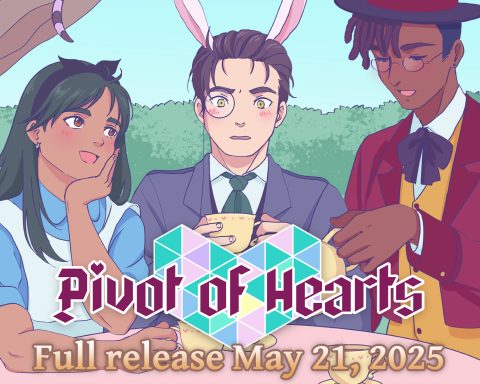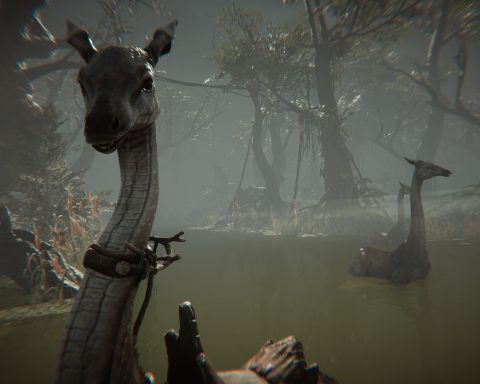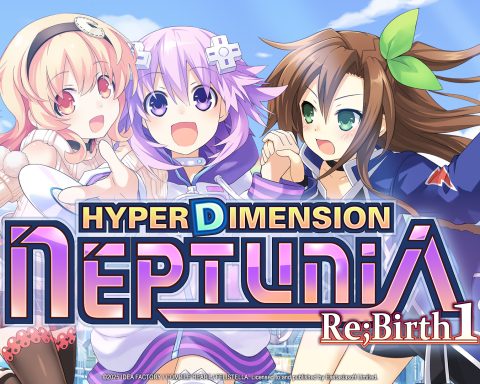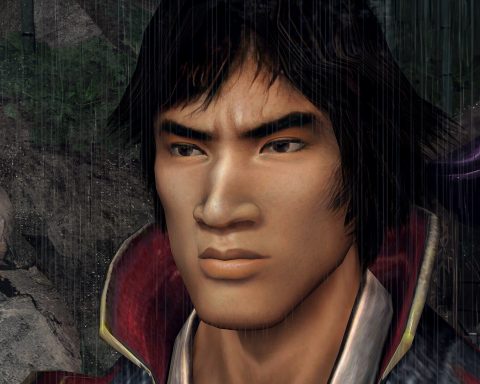 Doom. Quake. Heretic. Hexen. Those four names will mean a world of nostalgia for any gamer over the age of 25 or so. These games were all pioneers of the FPS genre and they all followed a remarkably similar theme; they were dark Gothic nightmares filled with demonic horrors.
Doom. Quake. Heretic. Hexen. Those four names will mean a world of nostalgia for any gamer over the age of 25 or so. These games were all pioneers of the FPS genre and they all followed a remarkably similar theme; they were dark Gothic nightmares filled with demonic horrors.
 From the first moment this game starts to the moment it finishes, it is a non-stop intense ride; a little like one of those ghost trains at a fairground, really. It’s short, but the metal music is blisteringly effective, and the environments drip with atmosphere. From graveyards to dilapidated churches and hell itself, Painkiller goes overboard into B-grade horror atmosphere in the most delightfully entertaining fashion.
From the first moment this game starts to the moment it finishes, it is a non-stop intense ride; a little like one of those ghost trains at a fairground, really. It’s short, but the metal music is blisteringly effective, and the environments drip with atmosphere. From graveyards to dilapidated churches and hell itself, Painkiller goes overboard into B-grade horror atmosphere in the most delightfully entertaining fashion.  Unfortunately, once you get past the delightful aesthetics, the remainder of the game falls very flat indeed. When a game plays so nostalgic that it becomes archaic, it’s hard to hold it up as anything more than a passable weekend of fun, and Painkiller is not memorable in the slightest beyond the fact that you played a game where you shot stuff.
Unfortunately, once you get past the delightful aesthetics, the remainder of the game falls very flat indeed. When a game plays so nostalgic that it becomes archaic, it’s hard to hold it up as anything more than a passable weekend of fun, and Painkiller is not memorable in the slightest beyond the fact that you played a game where you shot stuff.  But there’s problems with this structure too. Doom was made in the 80s. Gameplay has evolved since then, and almost entirely for the better. Shooting up swarms of baddies while running backwards so they can’t hit you back becomes very repetitive, very quickly, and as cool as the environments are, they also lack completely for interaction. The slick controls and forceful feedback of guns in modern shooters is replaced by clunky, sticky movement and weapons that are weird in design, but have very little impact in the way they shoot. The shotgun in the original Doom offered a better sense of empowerment and force.
But there’s problems with this structure too. Doom was made in the 80s. Gameplay has evolved since then, and almost entirely for the better. Shooting up swarms of baddies while running backwards so they can’t hit you back becomes very repetitive, very quickly, and as cool as the environments are, they also lack completely for interaction. The slick controls and forceful feedback of guns in modern shooters is replaced by clunky, sticky movement and weapons that are weird in design, but have very little impact in the way they shoot. The shotgun in the original Doom offered a better sense of empowerment and force. 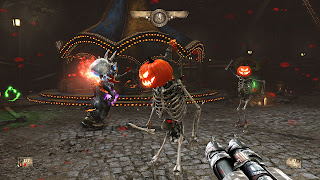 There’s a multiplayer mode too, but it’s very no-frills, and incredibly unpopulated. Unless you’ve got a friends list with a bunch of people with Painkiller, you’re not going to get many matches going, and when you do the appeal will wear thin fairly soon thanks to limited arenas and a fast-but-shallow combat.
There’s a multiplayer mode too, but it’s very no-frills, and incredibly unpopulated. Unless you’ve got a friends list with a bunch of people with Painkiller, you’re not going to get many matches going, and when you do the appeal will wear thin fairly soon thanks to limited arenas and a fast-but-shallow combat. – Matt S
Editor-in-Chief
Find me on Twitter: @digitallydownld
Our Scoring Policy




